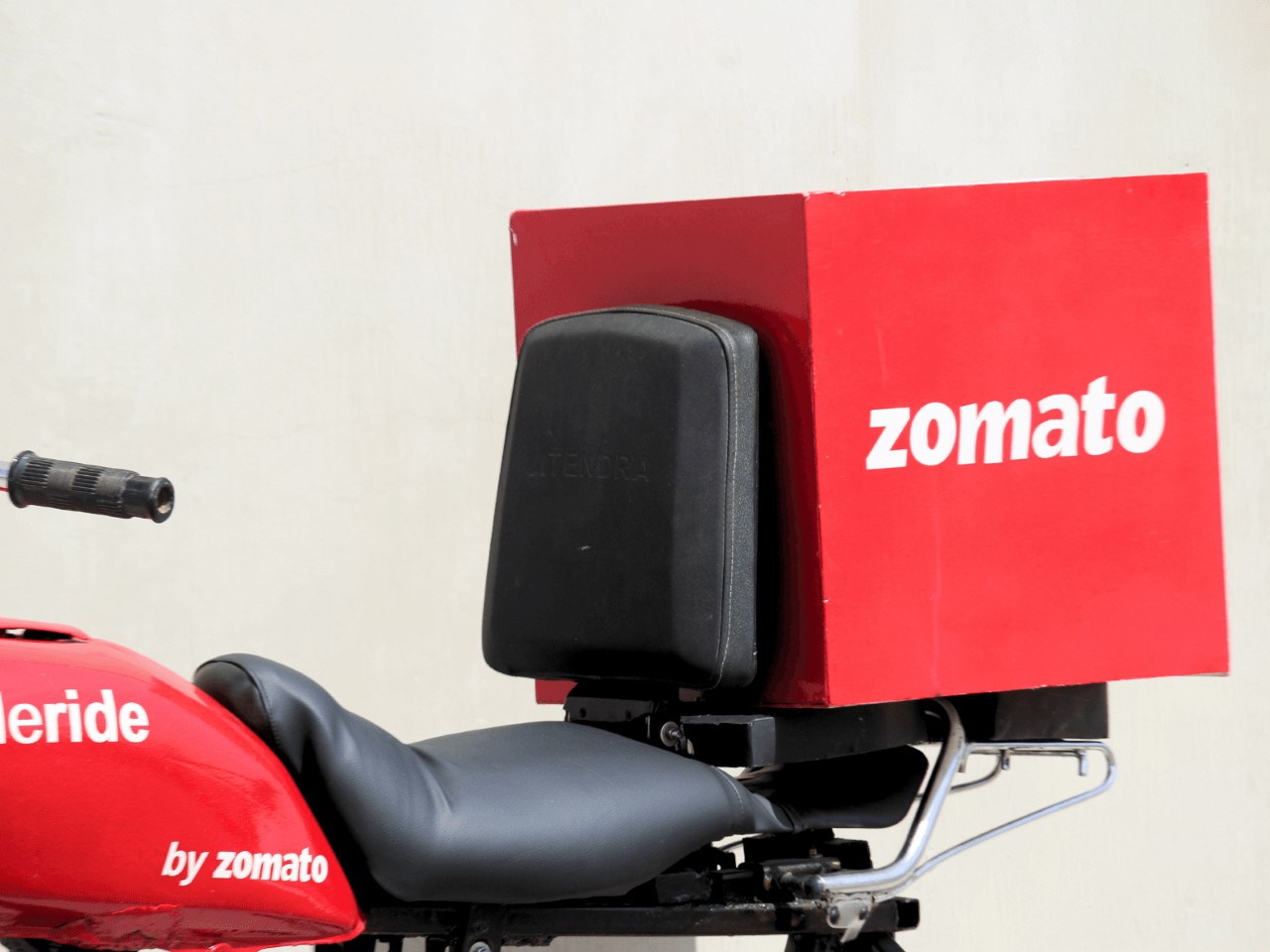
Zomato, one of India’s largest and most internationally recognized food delivery companies, owes much of its success to dedicated riders who navigate various terrains and weather conditions to ensure timely deliveries. These riders spend countless hours on their motorcycles, which have become indispensable companions in their daily lives. However, the motorcycles used are often purely utilitarian, lacking the comfort features that could make these long hours more bearable. Recognizing this gap, a group of designers embarked on a mission to redesign these motorcycles, focusing on enhancing the rider’s experience through basic yet impactful upgrades.
Designers: Pankhuri Wanjari and Rohan Passi
The initiative began with a thorough analysis of the pain points experienced by riders during extended periods on their bikes. The goal was to enhance the food delivery experience by identifying sources of discomfort and providing ergonomic solutions. This redesign was not just about minor tweaks but involved a comprehensive rethinking of the rider’s journey, addressing key areas that affect comfort and functionality.
Traditional motorcycle seats tend to become squeezed and ripped over time, causing discomfort. To address this, the new design incorporates improved cushioning to ensure long-lasting comfort. Riders often rely on the storage box for back support, leading to improper posture and discomfort. The redesigned motorcycle features a collapsible backrest that provides adequate support during breaks or long waits in traffic which aligns with the large Zomato delivery boxes. This addition provides much-needed support during traffic halts or short breaks. It can also collapse down to act as a seat for a second passenger if and when required.
Additionally, the absence of adequate storage for personal belongings has been addressed by creating designated storage areas, allowing riders to keep their essentials secure and accessible. Another key issue is the sudden break between the seat and the fuel tank, creating an uncomfortable riding position. The new design extends the seat cushioning towards the tank, ensuring a smoother transition and better support.
The redesign process also involved analyzing the comfort levels of riders of extreme heights and weights. For a rider who is taller than usual, the handlebar was found to be too low, causing the rider to lean forward and touch the handlebar with their legs while turning, and the footrest was positioned too upright. For a rider with an average height but a slightly healthier side of the scale, the handlebar and footrest positions were appropriate but the seat cushioning needed improvement.
By addressing these critical design gaps, the GlideRide project aims to make the lives of food delivery riders more comfortable and enjoyable. These basic upgrades are not just about improving physical comfort but are also a step towards acknowledging and valuing the hard work and dedication of these riders who play a pivotal role in delivering happiness to our doorsteps.